What is cool to wear in summer?Of course it is a "corpse cloth"!
Author:Species calendar Time:2022.07.16
Linum USITASSIMUM, herbaceous plants with linen linen. Linen is a year -old plant with amazing growth rate. Every year in March and April, the linen can grow to one meter high soon after a hundred days of growth.
June is the flowering period of linen. In my eyes, linen is not only a kind of economy, but also a high -value ornamental plant. It has a sky blue flower, a stoody stem, and a slender leaves. If you are fortunate to see a flower in the flowering period, it will definitely make you unforgettable like the sea of flowers reflected in the sky. Other species of linen have white, yellow or red flowers.
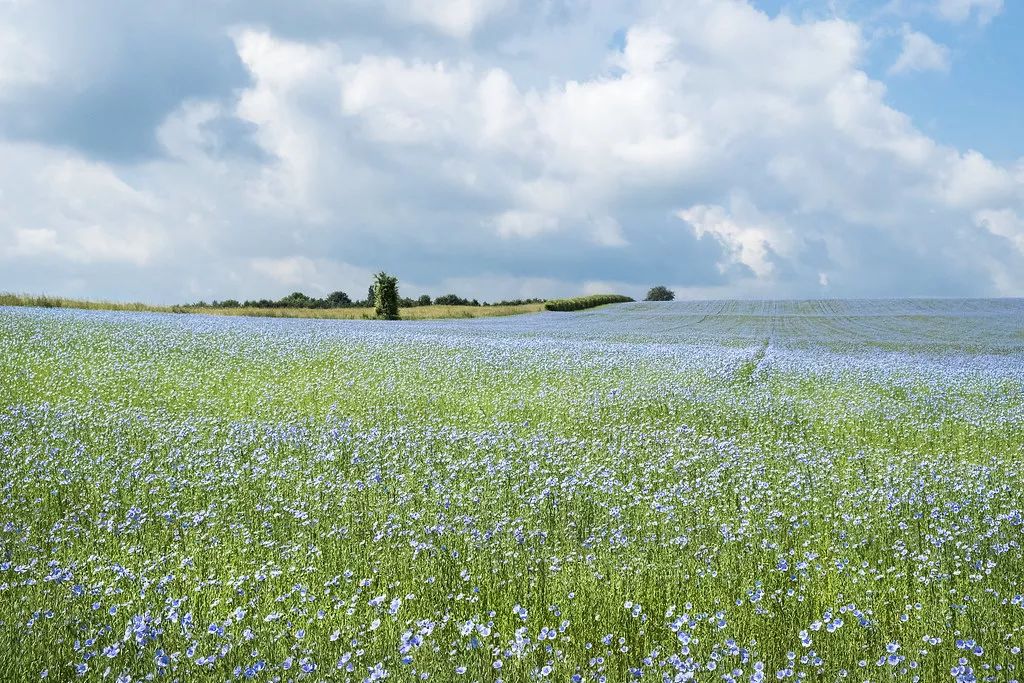
Wang Zengqi depicted in the novel in the novel: "Beckle holds the little blue umbrella, shows the atmosphere, unlike crops, but it looks like a flower." The so -called flax here is not a sesame, but a linen | Johan Neven / Flickr

Do you pass through Mumini's cloth?
Linen is one of the earliest crops cultivated by humans. Regarding the origin of linen, there is no unified consensus in the academic community, but the mainstream statement believes that the current linen originated in the Gaotashay area (that is, the current Georgia, Armenia, and Azerbaijan). Widely planted. At present, Canada is the largest country in fiber linen. Linen was born from West Asia, was domesticated in the new moon, and then traveled throughout the world with the footprint of human civilization.
In the early days, human planting linen was mainly used for textiles and made clothes. The linen fiber is a unique brown gray, like the mane of the horse, and the hairdressing world is called "linen color". High -quality linen fibers are fine and soft. The clothes made with them are dry and breathable, which is very suitable for wearing in summer. Thick linen fibers can be made into fiber rope, canvas, etc.
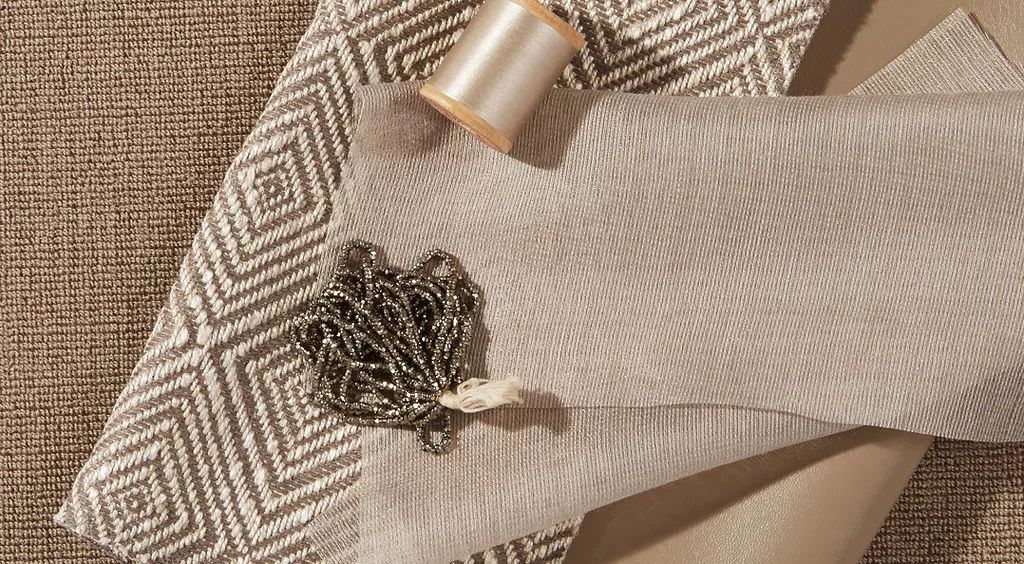
"Linen color" familiar to the barber shop Teacher Tony | Brentano / Flickr
The linen witnessed the rise of early human civilization. According to archeological discovery, some linen fibers were found in Georgia's Dzudzuana cave in Georgia. So far, the earliest textiles discovered by humans are said to be used by these fibers. Around 8000 BC, in the Dagris and the Euphrates River Basin, some people have begun to cultivate linen.
During the Fa -Pharaoh in 3000 BC, the linen was widely planted in the ancient Egyptian Nile Valley. The walls of the temple can still be found on the wall of linen. The reliefs are also about the performance of linen harvest scenes. At that time, linen also had a symbolic significance of religious. Egyptian priests only wore linen clothes, symbolizing purity and light. Because of the very soft and comfortable, linen was called "woven fabrics woven by moonlight" by ancient Egyptians. The Egyptians wrapped mummy with linen weaving, which is the corpse cloth. Ancient Egyptians superstitious this practice will make the soul eternal.
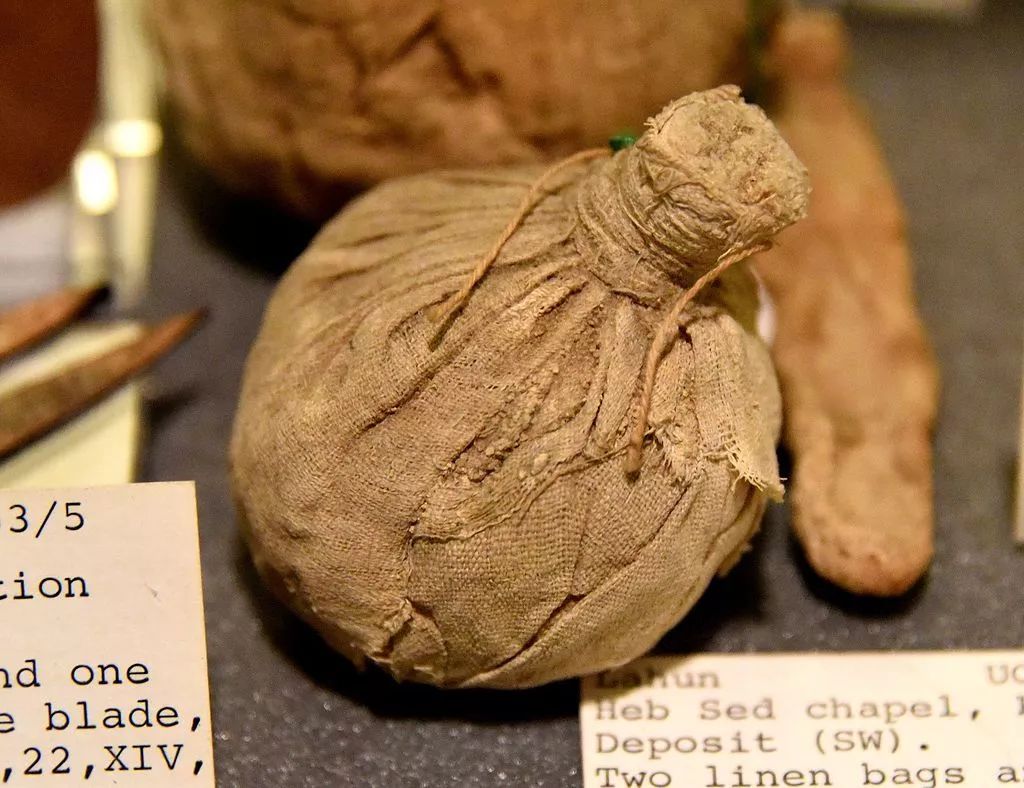
Bags made of linen fabrics in the 12th century Egypt | Osama Shukir Muhammed Amin FRCP (GLASG) / Wikimedia Commons
Later, the most successful merchant in ancient times, the Phoenicians on the east coast of the Mediterranean, imported linen from Egypt, sold out linen to Greece and Rome through developed navigation technology, so that Europeans began to contact and fall in love with this comfortable cloth. The Phoenicians are very business -minded. They know how to use rare bone snail dyes to dye the noble purple in the plain linen, and sell a better price (calendar mother: "Bone snail purple"? Poke here to review) Essence
After that, the Roman Empire began to plant this crop on its own territory. Until Western Rome was destroyed, the French took over and improved, making the linen planting and processing industries flourishing in France during the Middle Ages. Line Industry Center. In the Edo period, Japan introduced linen as a medicinal plant cultivation. In the early period of Meiji, linen began as fibrous crops, and was widely planted in the cool Hokkaido.
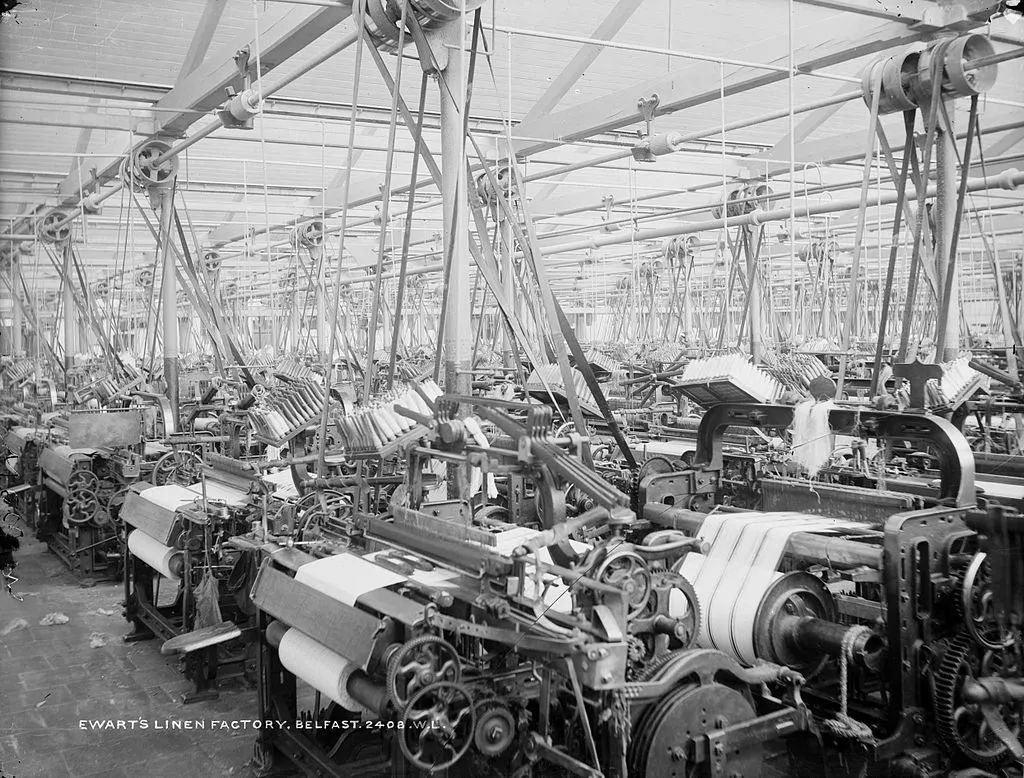
In 1897, the linen textile factory in Northern Ireland | National Library of Ireland on the Commons / Wikimedia Commons
In the nineteenth century, Europeans took the lead in using machinery to produce cheaper and better elastic fiber crops -cotton, and the scale of the linen industry began to decline. It was not until World War II that people turned their attention to linen, but at this time, linen was no longer just a fiber crop, but a crop that contributed in various fields.

In addition to textiles, you can also eat
Linen also has important contributions in linguistics. The English Linen of linen fabric comes from the Latin name Linum. The most familiar LINE (line), the source of the word comes from this, is closely related to the long linen fiber. Commonly used bed materials -the source of linoleum, from Latin linum (linen) and Oleum (oil). This bed material is suppressed from linen seed oil, linen cloth and cork. In addition, Lingerie is derived from the French Linge, which means hemp cloth. The earliest underwear is made of good flax fibrous textiles. So far, most of the bedding of high -end hotels is made of linen. Linel, linen and half of the linseed | Joep Vogels / Wikimedia Commons
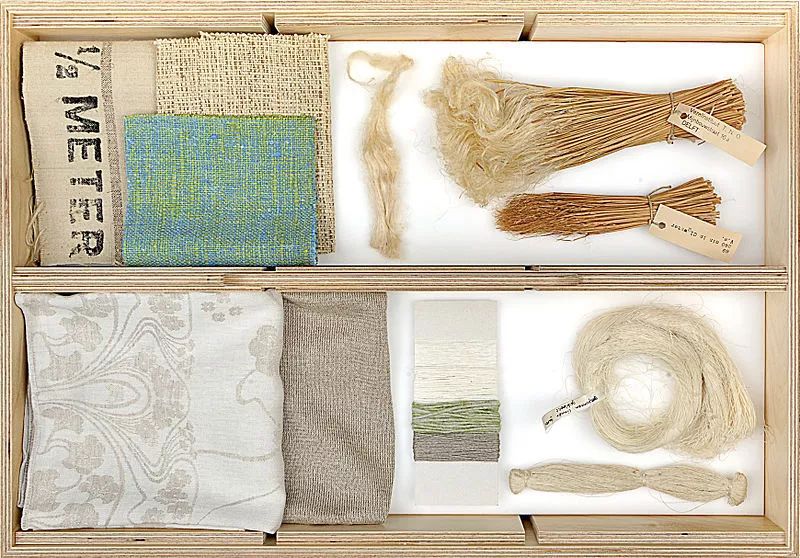
How does linen become industrial -grade linen fibers? Make a few steps. Every year in July, linen will become golden yellow. This is the season of linen harvested. In order to ensure the length and continuity of the fiber, linen is not harvested in traditional ways, but it is pulled up with a machine. "Pull up".
In the cartoon "The Story of the Rat", the mouse pulled out the mature linen rod and prepared to make a linen | "The Story of the Rat"
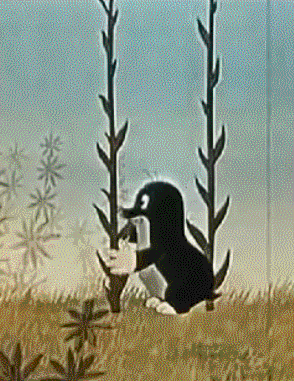
The slender and flexible linen must be rubbed in moderation in the pulling machine, hit the hemp to remove the hemp, and then put it on the ground to the ground. It is also useful to use the pods in the process of tanning.
After the tannery is over, the next step is the most critical ramie. The linen needs to be repeatedly soaked, fermented, drifted, exposed to the air drying. The fermentation process enables the pectin and cellulose in linen. This process depends on time and temperature, and has a great impact on the quality of linen fibers. Only the experienced old Magoto can grasp the appropriate time of each link.
Frambnium soaked in flax rods in the pond | "The Story of Mouse"
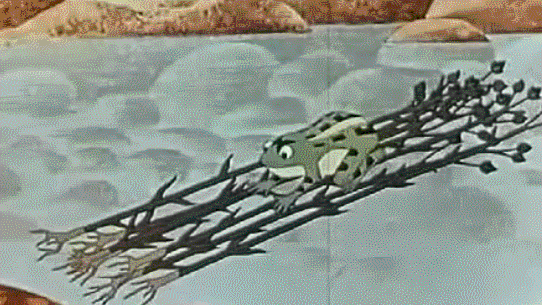
Linen can not only be used as a raw material for textiles, but also as food. The linen seeds harvested from the linen fruits can be obtained by squeezing and extracting. Lineseed oil is rich in unsaturated fatty acids, including α-linolenic acid, omega-3 fatty acids. The linen seeds also have a unique oil aroma. They are mixed with flour and kneaded and baked into bread or other wheat products. The aroma is fragrant. In northern India, linen seeds will also be grinded into powder after baking to make curry with spicy smell.
Eagle mouth bean puree with flax seeds | Pixabay

In addition to food, flaxseed oil can also be used as a binder for paint, oil and wood products. When I was inspected in the Singapore Botanical Garden, I also saw an exhibition hall. The outer wall was made of pure linen fibers, which was sturdy.
The name of the call is not necessarily a family

In addition to linen, there are many plants that can produce textiles. Well, do you recognize it?
麻 [zhù] Ma
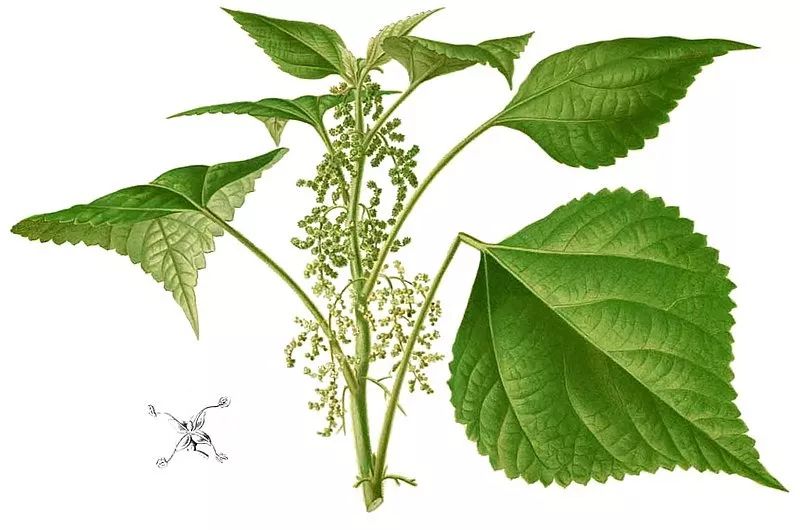
Scientific name: Boehmeria Nivea
English name: ramie
West Melonae, , ,
East Asia is native to East Asia. It is a perennial herb. my country has a long history of cultivation of ramie to obtain clothing fiber. As early as the Yin and Shang dynasties, ramie was planted as fiber crops. At present, China is the first country in the export of Mai.
After the gel is decomposed and refined, it is white fiber, reflecting the silk -like luster. The clothing of ramie fiber woven is dry and breathable. However, the disadvantage of ramie is that the strength is not large enough and the elasticity is low. Repeated folding is easy to form folds, or even rupture, and will harden in the water.
麻 [qǐng] hemp
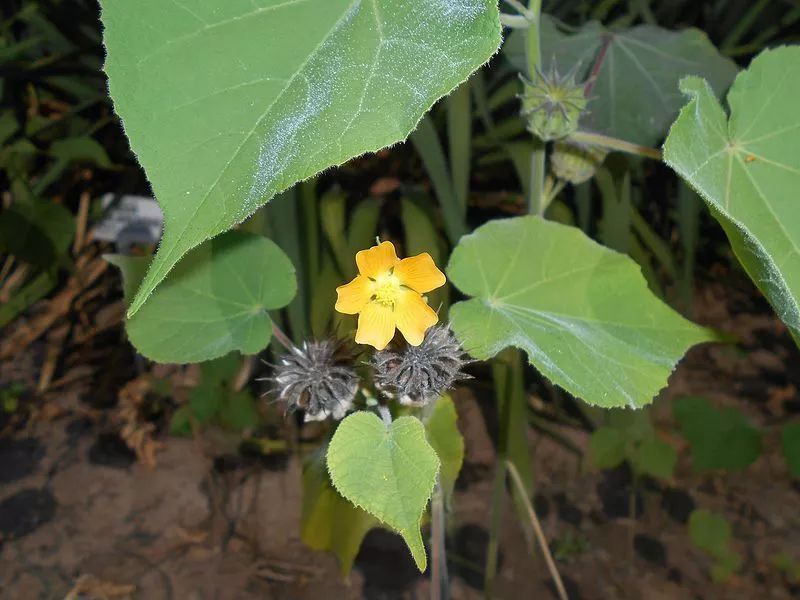
Scientific name: Abutilon theophrasti
English name: velveTLEAF
Malling Aoi family, , ,
One year's herbaceous plants, native to South Asia, have long cultivation in China. The yellow flower, the seed shape is strange, divided into a dozen petals, surrounded by wheel -like, each petal has spikes. The fiber of ramie is white, shiny, and less quality, so it is generally used to make ropes, sacks, etc. Seeds can squeeze oil for industry.
jute
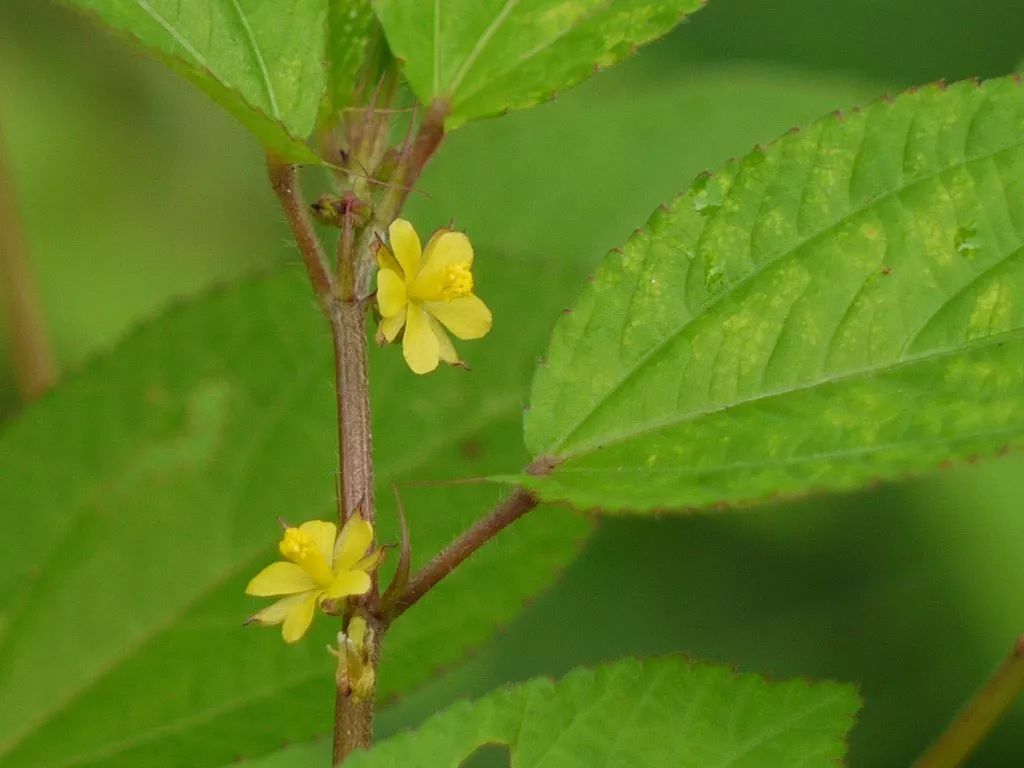
Scientific name: Corchorus Capsularis
English name: jute
椴 椴 椴 椴 椴
Jute belongs to the one -year -old wooden herb. It is a natural plant fiber in the world's production and consumption. The fiber of jricks can reach up to 4 meters and is cash yellow. Jute is like linen and ramie, and the fiber is taken from the skin. Jute fibers are rough and not suitable for clothing textiles. However, as one of the cheapest plant fibers, jaoseki fibers are often used in anesthesia bags for agricultural and flood prevention. And rope.
Foreign anesthesia
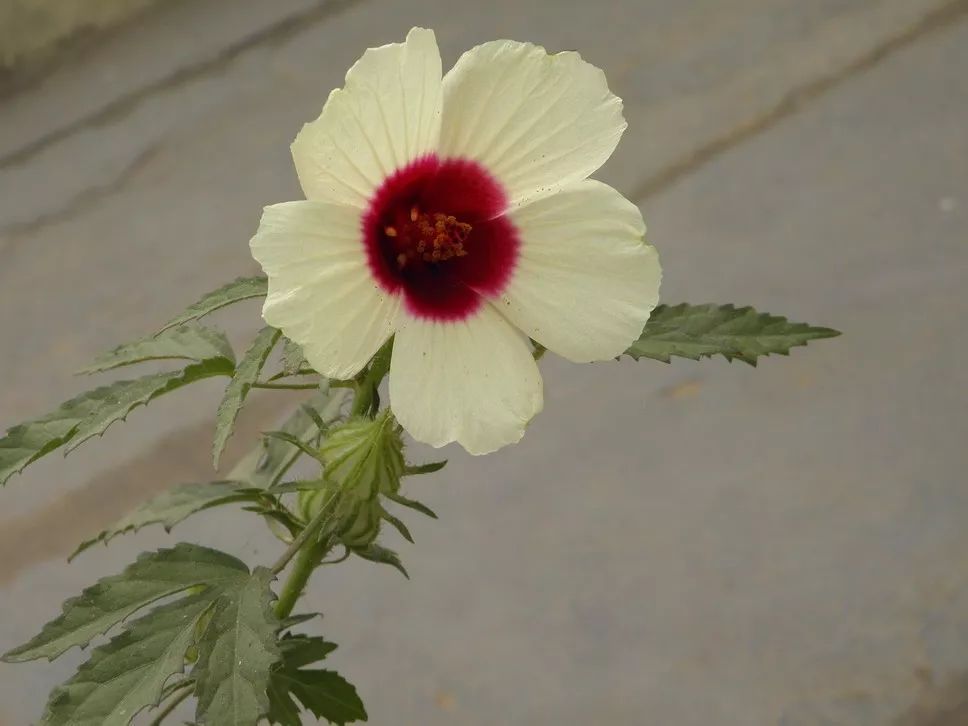
Scientific name: hibiscus cannabinus
English name: Kenaf
Malling Aki
Western hemp is also called marijuana, native to India. Although there is only one word from marijuana, and the leaves are very similar to marijuana, they are two very different species, and they do not contain ingredients that can make drugs. Yangmp is a perennial herb, and the whole plant has a sharp small thorns. Although the processing is a bit strenuous, their tough fibers are flexible and elastic. They are often used as alternatives of jricels to make sacks, canvas and ropes. marijuana
Scientific name: Cannabis Sativa
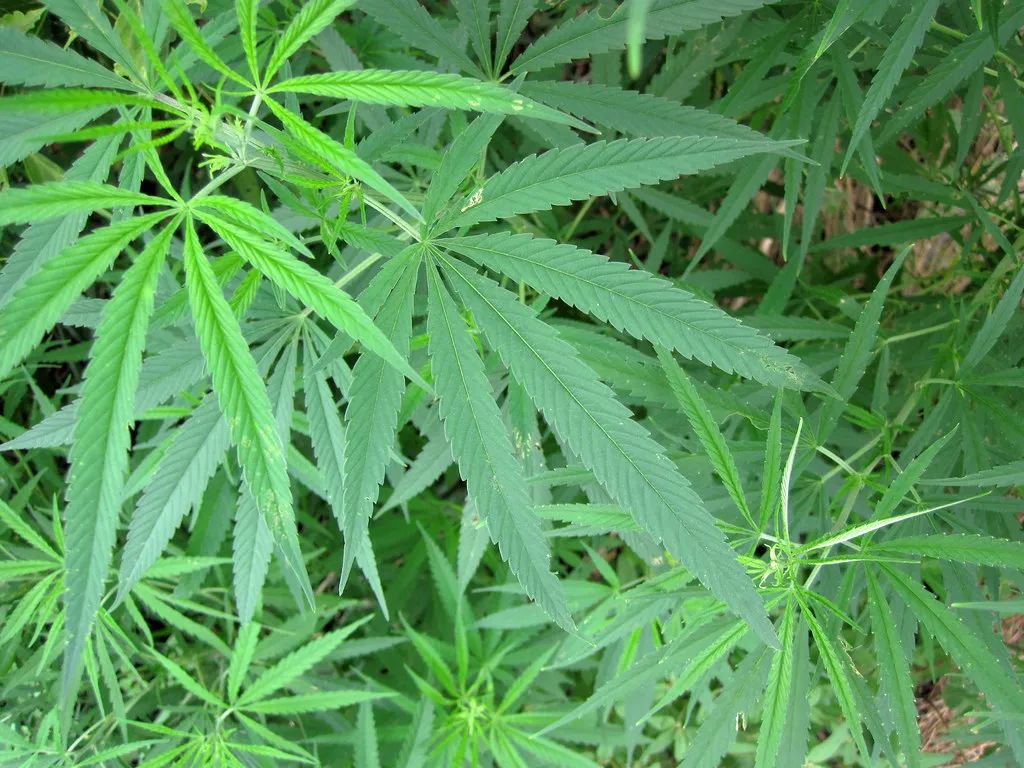
English name: HEMP
Marijuana, marijuana
Tetrahydrocannabinol (THC) contains tetrahydrocannabinol (THC), which contains the nobility. In fact, is it a good plant fiber? The tough tough stems of the cannabis stems are flexible and flexible, and are widely used as raw materials such as clothing, ropes, and are also widely planted in Yunnan in my country. By the way, you also need to know that the hemps for drugs and industrial marijuana for fiber are not the same subspecies. The content of tetrahydrogen nahrin in industrial marijuana is very low and cannot be used to make poison.
Manila
Scientific name: Musa Textilis
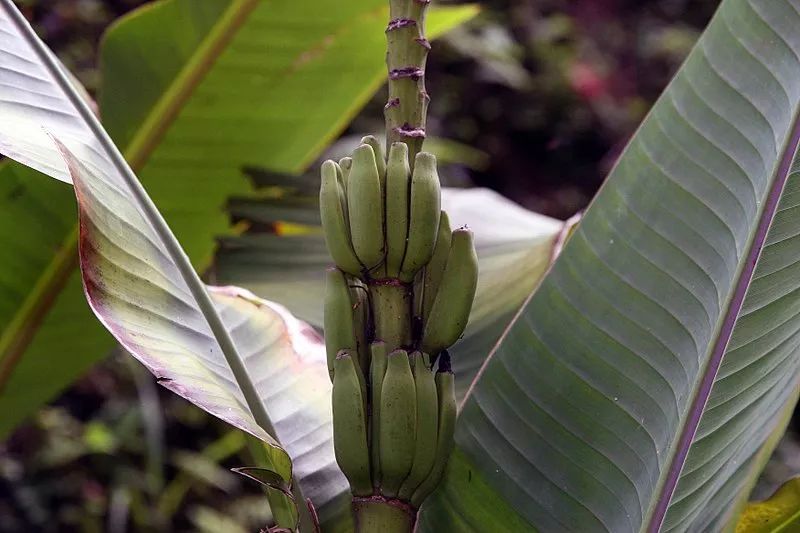
English name: Abaca
Banana, Banana genus
Manila Ma natively produced in the Philippines, Borneo and Sumatra.马尼拉麻是多年生草本(对,从植物学的范畴来说,香蕉也是一种草)外形像芭蕉树,果实也像香蕉(日历娘:马尼拉麻的果实不能吃,因为里面种子很多,我知道你们Both care about this). The biggest difference from the previous hemp fibers is that their fiber comes from the leaf veins and petioles, not the phytic part of the stem. Manila Ma's fibers are mainly used for papermaking, fiber -making rope, etc.
Author: Attack meat
This article comes from the species calendar, welcome to forward
If you need to reprint, please contact [email protected]

- END -
In summer, eating potatoes and eggplant, it is better to eat this dish, the meat and vegetables are matched, and you need to eat more conditions.
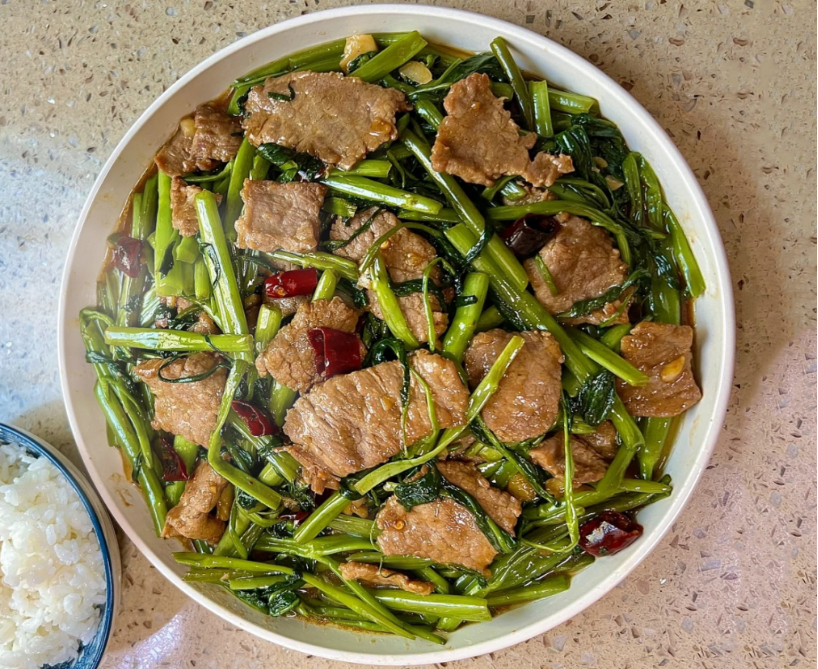
After entering the hottest heat, the summer heat is difficult. Many people can't r...
Du Haixia: Why do party members talk about party spirit cultivation

Du Haixia: Vice President of Dongshan Elementary School in Yanji CityBiography:Du ...